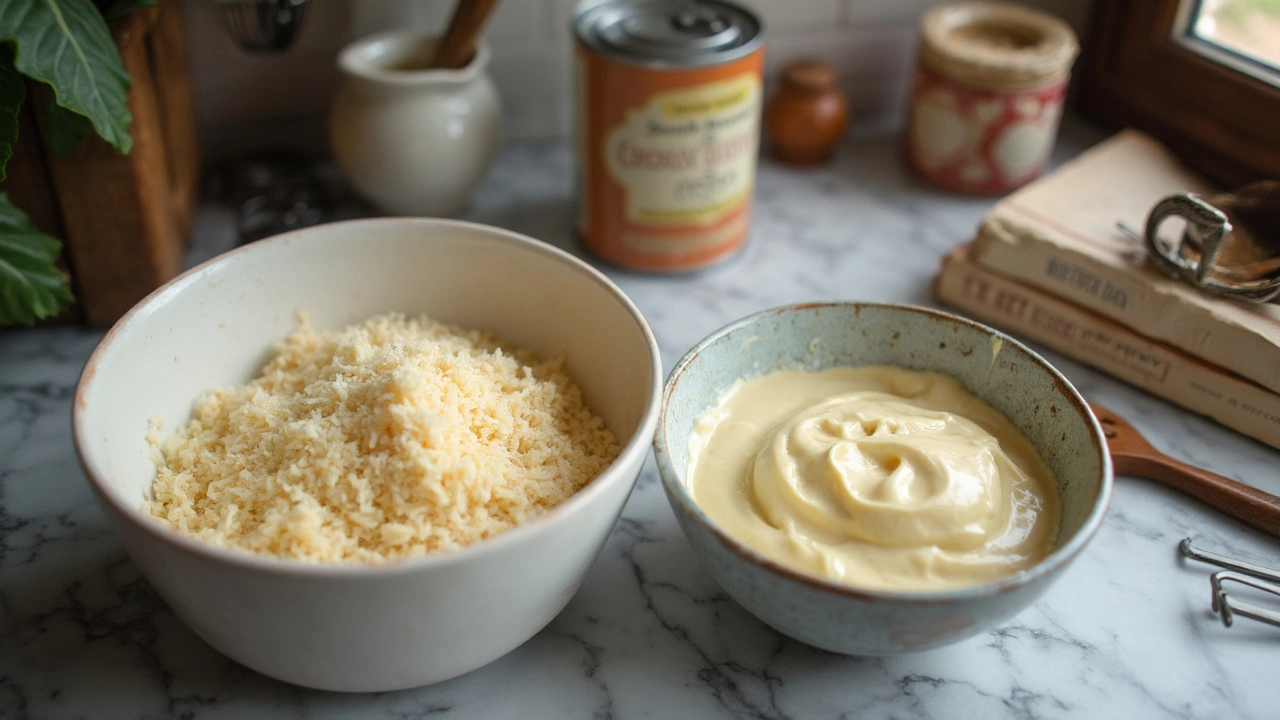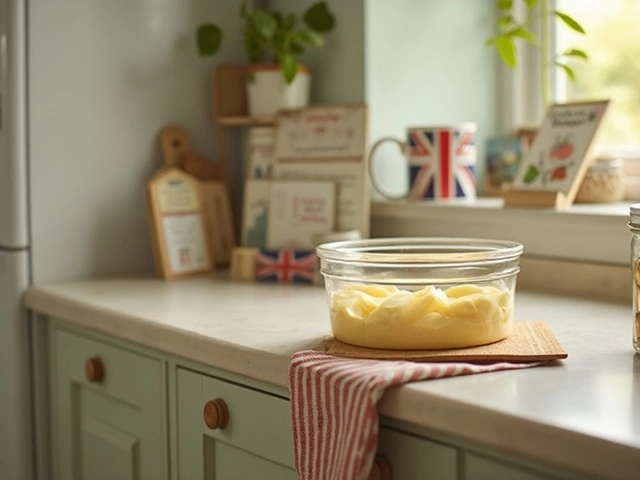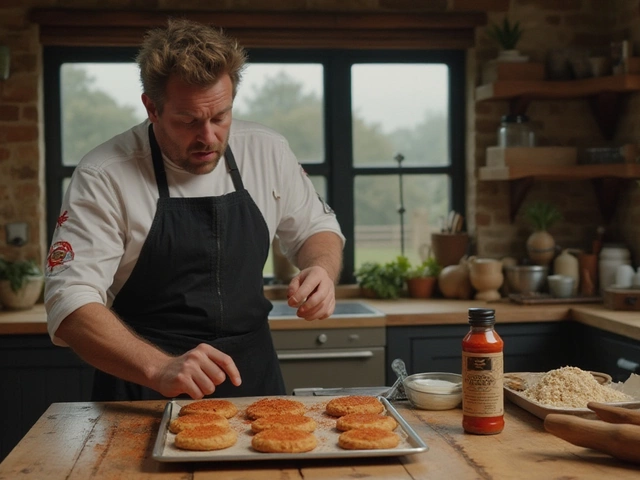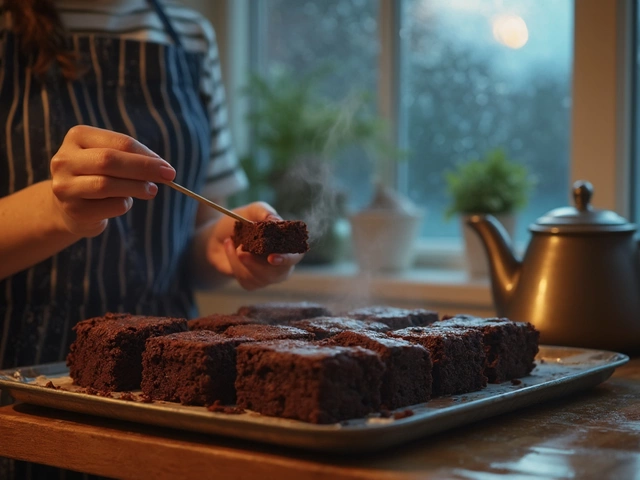Fudge Ingredients Every Home Baker Should Know
If you’ve ever tried to make fudge and ended up with a grainy mess, the problem is usually the ingredients. Knowing which products to pick and why they matter makes the difference between a silky, melt‑in‑your‑mouth square and a disappointing slab.
The classic chocolate fudge starts with four basics: sugar, butter, milk (or cream), and chocolate. Each one plays a specific role in texture, flavor, and stability. Let’s break down what they do and how to choose the best version for your kitchen.
Sugar: The Sweet Backbone
White granulated sugar is the go‑to for most fudge recipes because it dissolves cleanly at a high temperature. Use superfine or caster sugar if you want it to melt faster, but regular granulated works fine. Avoid brown sugar unless you’re aiming for a deeper, caramel note – it adds moisture that can make fudge too soft.
Measure sugar by weight if you can; a kitchen scale removes any guesswork and keeps the fudge from turning grainy.
Butter: Richness and Gloss
Unsalted butter gives you control over the salt level and adds that buttery shine we love. Use real butter, not margarine, because the milk solids in butter help create a smooth texture. Melt it gently over low heat – overheating can brown the butter and change the flavor.
For a richer mouthfeel, you can swap half of the butter for a little heavy cream, but keep an eye on the total fat content so the fudge doesn’t become greasy.
Milk or Cream: Moisture and Creaminess
Whole milk is standard for classic fudge, but heavy cream or half‑and‑half will make the final product silkier. The dairy provides the liquid needed for the sugar to dissolve and helps prevent crystallization. Aim for about ½ cup of liquid per 2 cups of sugar; too much liquid can make the fudge runny, too little leaves it crumbly.
Chocolate: Flavor Powerhouse
Good quality chocolate is non‑negotiable. Use chocolate chips, chopped baking chocolate, or a blend of both. Choose at least 70% cocoa for a rich taste; lower percentages can make the fudge too sweet and less firm. Melt the chocolate slowly – a double boiler or a microwave in short bursts works best.
If you love a classic milk‑chocolate fudge, you can add a splash of sweetened condensed milk, but remember it adds extra sugar.
Optional Add‑Ins and Flavor Boosters
Vanilla extract is the easiest way to round out the flavor. A teaspoon is enough for a subtle background note. For a salty contrast, sprinkle a pinch of flaky sea salt on top before the fudge sets.
Nut butter, crushed nuts, or shredded coconut can add texture. Just mix them in after you’ve removed the fudge from heat, so they don’t sink.
Remember: each extra ingredient adds moisture or fat, so you may need to adjust cooking time slightly.
Cooking Tips for Perfect Texture
Heat the sugar, butter, and milk to a rolling boil, then continue cooking until you hit the soft‑ball stage (235‑240°F/113‑115°C). Use a candy thermometer – it’s the most reliable way to avoid under‑ or over‑cooking.
After you reach temperature, remove the pan, stir in the chocolate and vanilla, then let the mix cool without stirring until it thickens. A gentle stir every few minutes prevents unwanted crystals.
Pour into a lined pan, let it set at room temperature, then cut into squares. Store in an airtight container; fudge stays fresh for about a week, longer if refrigerated.
By focusing on high‑quality sugar, butter, milk, and chocolate, and following these simple steps, you’ll consistently get smooth, glossy fudge that melts on the tongue. Grab your ingredients, heat them up, and enjoy the sweet payoff!






